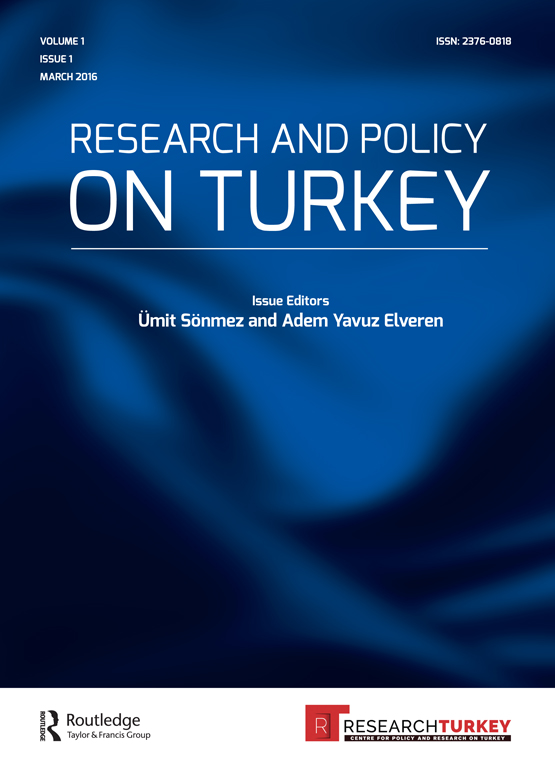A Static Nexus or a Dynamic Network? Rethinking the Security-Development Relationship within the Context of Southeastern Anatolia Project
Abstract
The concepts of security and development have been central to the theory and practice of international affairs. Even though there is little sense of common agreement within both arenas, there is a seeming consensus among international organizations, key think-tanks, and university-based research that security and development are interconnected. Arguably, the political and bureaucratic elite of Turkey has also long assumed that fusing security and development was desirable and would produce positive outcomes. The Southeastern Anatolia Project (Guneydogu Anadolu Projesi, or GAP in its Turkish acronym), the large-scale, multi-sectoral regional development project initiated in early 1980s in Southeastern Anatolia Region of Turkey, sets a good example as to how the elite has conceived development–GAP in particular–as a complementary means to deal with Turkey’s Kurdish question and to maintain peace and security. This study examines this “nexus” between security and development and discusses the common and contrasting functions of these concepts with specific focus on how they were conceived within GAP framework. The study emphasizes that although it has become fashionable to talk about such a “nexus”, the relationship between security and development is far from being simple, static, and one-dimensional, and linking these concepts do not always lead to positive results. Therefore, the study puts forward an alternative approach and emphasizes that conceiving security-development relationship as a dynamic network of interconnections is a more flexible, inclusive, and fruitful approach.
Click here to continue the interview.




[…] we republish a paper by Arda Bilgen for Research Turkey on the relationship between security and development in the context of Turkey’s Greater […]